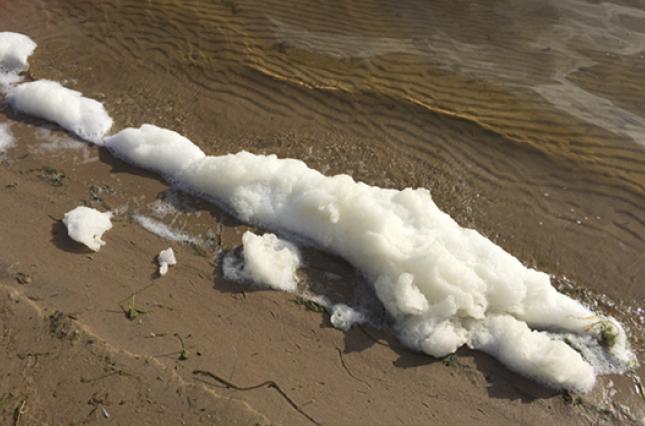Washington, D.C. -- Clean Water Action welcomed the U.S. Environmental Protection Agency’s (EPA) March 14th announcement of the first Safe Drinking Water Act limits on PFAS chemicals.
“EPA’s proposed limits on PFAS chemicals in drinking water will prevent serious illness and death,” said Clean Water Action President and CEO Robert Wendelgass. “We urge EPA to be equally decisive in holding polluters accountable for contaminated drinking water all over the country and in curtailing the many thousand PFAS chemicals in everyday use.”
EPA is proposing to set enforceable limits in drinking water provided by regulated Public Water Systems for the two oldest chemicals, PFOA and PFOS. EPA is also issuing a preliminary “Regulatory Determination” for four other PFAS chemicals ( PFHxS, GenX, PFNA., and PFBS), following up on a commitment in the SDWA 4th Regulatory Determination to address additional PFAS chemicals based on analysis of the latest health science in advance of the next regular statutory deadline for these required Determinations.
EPA is proposing a Hazard Index approach to addressing them in drinking water individually or in mixtures. This is a significant recognition of the public health risks from the thousands of chemicals in this larger class of PFAS chemicals.
PFAS chemicals, which build up in our bodies and in the environment and which are difficult to destroy, are linked to numerous health effects including cancer and reproductive effects and are being discovered in water nationwide, including in drinking water sources. Drinking water is only one way that people are exposed to PFAS chemicals, but where PFAS chemicals are present drinking water can be a significant source.
EPA is setting enforceable Maximum Contaminant Levels (MCLs) for PFOS and PFOA at 4 parts per trillion each, the lowest level that can reliably be detected in drinking water. This will require regulated Public Water Systems to take action if monitoring indicates the presence of either of those chemicals above the MCL. That action can include treatment or a change in water source.
EPA will take public comment on the proposal for sixty days following publication in the Federal Register. Clean Water Action will work with allies in environmental and health organizations, representatives of impacted communities, and other stakeholders to assess the details of the proposal and to push EPA to finalize the strongest possible protections.
PFAS chemicals do not occur naturally. They are present in drinking water sources due to direct discharges from facilities that manufacture or use the chemicals and from indirect discharge resulting from their thousands of uses in products and industrial processes throughout the economy.
“EPA’s bold action to protect public health from exposure in drinking water should be matched by equally bold action as the agency carries out other initiatives in its PFAS Strategic Roadmap,” said Clean Water Action National Water Programs Director Jennifer Peters. “EPA and States can act decisively to limit PFAS water pollution through Clean Water Act programs, including limiting discharges in existing and new National Pollution Discharge Elimination System (NPDES) permits,” said Peters.
While PFOA and PFOS are largely out of use, the other four chemicals and thousands of other PFAS chemicals remain in use, some widely. “These stringent proposed limits on some PFAS chemicals in drinking water should cause alarm bells to go off in any EPA decision-making about allowing new or continued use of any PFAS chemicals,” said Lynn Thorp, Clean Water Action National Campaigns Director. “Relying on drinking water systems and communities to clean-up pollution after the fact is inefficient and unfair. Today’s proposal demonstrates how important it is to keep contaminants out of the environment and out of our drinking water.”
# # #
Since our founding during the campaign to pass the landmark Clean Water Act in 1972, Clean Water Action has worked to win strong health and environmental protections by bringing issue expertise, solution-oriented thinking and people power to the table. Learn more at www.cleanwater.org.

